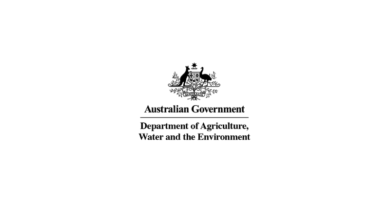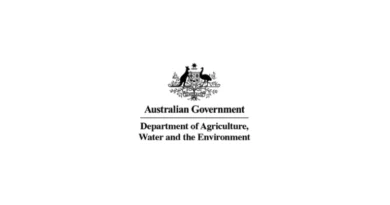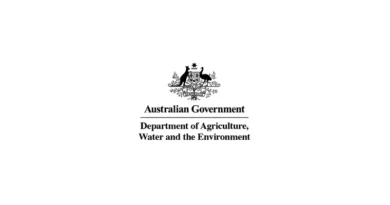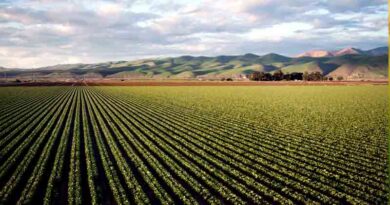Hotter October-April weather forecast for Australia
10 October 2023, Australia: The Australian Bureau of Meteorology’s (BoM) long-term forecast is predicting hotter, drier conditions for October to April, with a higher risk of heatwaves and bushfires.
But the El Nino weather pattern will result in an 80pc lower than average incidence of tropical cyclones, the BoM said in its latest outlook on 9 October. The first cyclone historically crosses the Australian coast in late December but is not expected to occur until the second week of January, as a result of El Nino and positive Indian Ocean Dipole. The outlook for a reduced risk of cyclones also cuts the likelihood of LNG and iron ore shipping interruptions for Australia’s northwest Pilbara region.
Daily and overnight temperatures are forecast to be higher than average from November to February. Above average rainfall for the past 2-3 years has caused high grass growth, resulting in an increased risk of bushfires, the BoM said. East and south Australia faces an increased risk of bushfires this season because of reduced rainfall, high fuel loads and above average temperatures.
Farm incomes will reduce by 41pc to A$197,000 for the 2023-24 year ending 30 June, the Australian Bureau of Agricultural and Resource Economics and Sciences forecast, because of the drier conditions and lower prices for agricultural commodities.
The BoM expects risk for severe thunderstorms to remain around average, particularly in northern New South Wales, southern Queensland, inland Western Australia and across the tropical north. Despite the hot and dry conditions, the risk of flooding remains at usual levels as storms are followed by heavy rainfall.
South Australia’s wheat production is forecast 30pc lower than a year earlier, at 5.14mn t, in the April 2023-February 2024 season because of below average rainfall.
Drier conditions have already led the IEA to predict coal exports from Australia will increase because of the reduced likelihood of flooding affecting mines and railways.
Domestic upstream firm Origin Energy has also signalled likely higher output after wet weather affected production at its coal-bed methane gas assets in Queensland state in July-December 2022, leading to a 3pc production fall for 2022-23.
Also Read: Brazil senate excludes ag from carbon market bill
(For Latest Agriculture News & Updates, follow Krishak Jagat on Google News)















